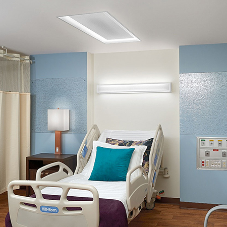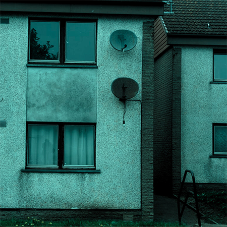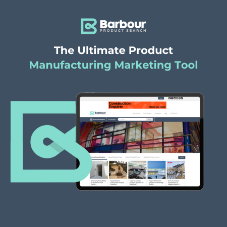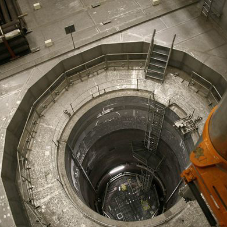Woven wire mesh was originally used for various industrial applications that involved separation and filtration. It is only recently that architecture and design have braced this material. Woven wire mesh is versatile, has high visual impact and is extremely strong. Though standard fixing methods exist for all these products, companies like Cadisch have proved that customization is the key to being one up in the market. The increase in demand for materials such as woven wire mesh, in architecture and design has opened up the road for a range of innovative products and materials.
Properties Of The Product
Welded wire mesh is strong and rigid and can be used in a wide range of applications in the engineering, construction and agricultural industries. It is also used as machine guards and in security applications. The material is a very versatile one and is available in a number of weaves. Choosing the right kind of mesh allows designers to work in a flexible manner around factors such as acoustics, airflow and transparency. Wire mesh may also be called wire cloth or wire gauze. It can be woven into a fine mesh and is used in various filtering, straining and sieving applications.
Woven Wire Mesh Applications
Wire mesh products are used in numerous architectural projects, whether large or small. In spaces where the material is used in exterior applications, its natural incandescence can be highlighted with the use of creative lighting. The Bernabeu Stadium in Spain is an excellent example of this. Expanded metal is another form of mesh. A single piece of metal coil that is attached to a knuckle is cut and stretched to form the coil. This manufacturing process ensures that the metal retains its shape even while it is being cut. The uncut knuckles support the weight and this form of metal can withstand stress much better than some other woven wire materials or wire mesh can.
Varieties Of Woven Wire Mesh
Expanded metal is available in a variety of thicknesses and finishes. It may either be flattened or raised. Raised metal is commonly used in walkways and is much stronger than the flat variety that provides a smoother surface. Welded meshes and pre-crimped, expanded metal have most of the acoustic and aesthetic properties that cable meshes have. The rigidity of the material is a bonus. These are ideal for use over smaller areas such as screening and balustrading applications. High-grade 316 steel is used to manufacture high-quality mesh and can be used in almost any environment. It has anti-corrosive properties and does not get discoloured.
Manufacturing Process
Cadisch uses hybrid automated looms to manufacture its architectural metal. The warp wires or rods are stretched up to a certain point and then spaced in a vertical position. A shuttle completes the mesh by firing back and forth, creating the weft of the mesh. Dependent on the component of the weave, it is possible to fabricate sheets that are up to 8 meters in width. There is no limit to the length of mesh that can be woven with the use of cable meshes.
The weave affords it rigidity in one direction while the weft lends it flexibility, in the other. For added stability and rigidity, the mesh can be tensioned via a fixed methodology. Looms are used to weave pre-crimped meshes in a similar manner. The rigid panel that is created by these meshes makes it ideal for balustrades and other applications.
This article has been produced on behalf of Cadisch Precision Meshes, suppliers of woven mesh, wire mesh (http://www.cadischprecisionmeshes.co.uk/welded-wire-mesh.asp) and perforated sheet.
Related Blog Articles



crop192.png)












